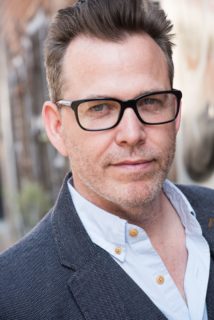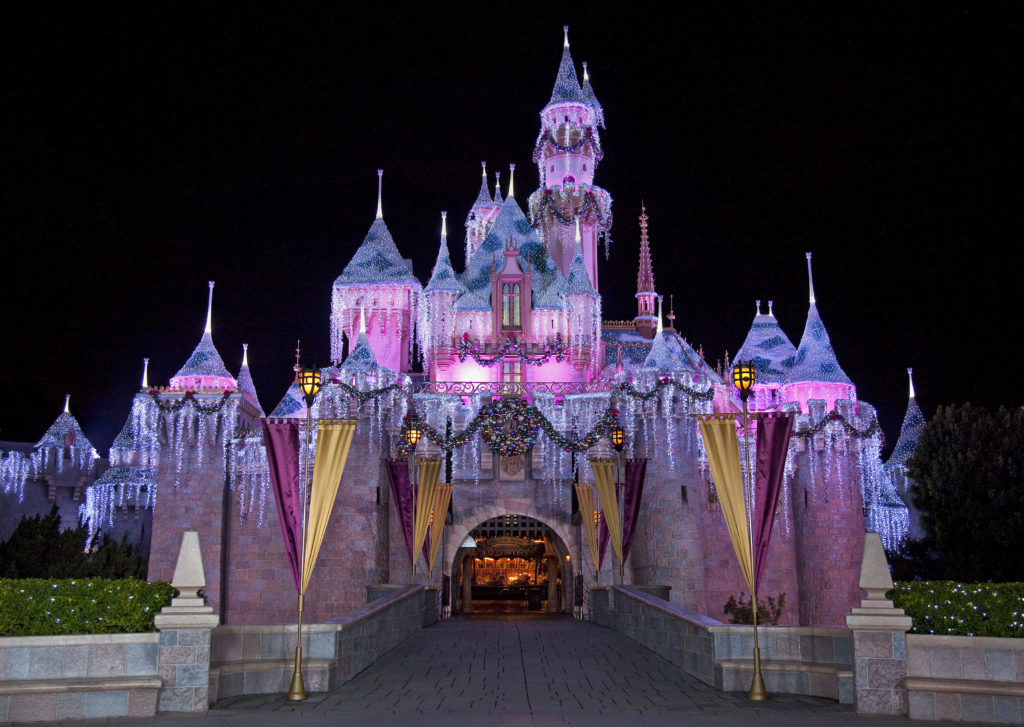Disney, ABC Television and Mandt VR have partnered together to bring an unforgettable experience by capturing The Wonderful World of Disney: Magical Holiday Celebration across several 360-degree videos. Mandt VR helped create the 360-degree video experiences, which transport viewers to the pageantry and fun of the event. Audiences can watch from their mobile devices or computers for a front row seat at the concerts in addition to riding the floats and theme park attractions.
The Wonderful World of Disney: Magical Holiday Celebration aired on ABC on Thanksgiving Day (November 24) and Disney Parks Presents: A Descendants Magical Holiday Celebration aired the Friday after on the Disney Channel. The final show, The Disney Parks’ Magical Christmas Celebration will air on Christmas Day (December 25) on ABC.
Neil Mandt, the Emmy-award winning TV and film producer and Mandt VR CEO, recently spoke with [a]listdaily about working with Disney to capture the magic of the high-profile event in 360-degree video.

How did Mandt come to work with Disney for these 360 experiences?
We’ve had a long history of working with Disney on a multitude of projects—the Christmas parade in particular. Mandt was involved in the production of the telecast of it in the previous two years. This year, they changed the show up a little bit, focusing a lot on Thanksgiving, and wanted some 360 effort. They turned to us because we have a history of working with them successfully.
What do the experiences include?
There are several short-form videos that have been created that capture the live performances of a lot of the artists that were performing there. Some of the artists range from Boyz II Men, to Flo Rida, to OneRepublic and [then] the parade itself.
We did a ride-along with Forever In Your Mind. The experiences range from being at the show watching the live music performances to actually being involved on a float, as well as some of the park rides like River Rapids—with Forever In Your Mind on the ride.
How did Disney and ABC help promote these experiences?
It was on the front page of ABC.com and it was also pushed out to VR platforms like Oculus and HTC Vive. It was also on the ticker of the show itself.
Why do you think Disney chose this event for 360 experiences?
It’s their most important property in that it shows their park. They do an annual holiday special, and this is the perfect way to take the existing content experience and move it into the next level. People want to be there and they want to be associated with the park. The 360 experience allows people to have that immersive experience. So, this was a very organic move for them.
Do you think this signals a move from Disney to further embrace VR to promote its parks, shows and movies?
One-hundred percent. We’re living in a digital age now, and VR is on the front edge of 360 content. It’s just coming into play, but it works with existing players like YouTube and Facebook. As we look at the 2 billion smartphones in the world that have access to YouTube and Facebook, these players will automatically integrate and play 360 content. We’re already seeing high viewership, and they’re showing a higher return of viewership than non-360 videos. In this digital age, as people are pushing their content through multiple platforms—from digital, on mobile and through television—audience is really what matters, and 360 video and virtual reality video are gaining audiences.
I would say that over the coming years, you’re going to see Disney come up with a whole myriad of ways of implementing 360 content in their overall storytelling and message. They were very interested in being a part of it and really wanted to be as forward-thinking as possible. Our initial plan with them was to do three videos, and that got expanded to five once they saw the capabilities. I would see them looking to fire on all cylinders in the years to come, and I would expect nothing less from Disney. Disney does things at the highest level.
Is there a reason why a short-form format was used?
It’s where the audience is. You can’t do a 360 experience on television sets except through certain apps like Littlstar. But the majority of people who consume content through TV can only access the 2D experience. Then the people who can see the 360 experiences are looking on mobile and computers. Those people are not watching long-form content on Thanksgiving Day or Christmas Day on a mobile device. They’re just looking at short-form content.
So, it’s consistent with where the audience is at this particular moment in time and what the tech will allow. As we see more 360-compatible devices and VR goggles come on the market, we’ll see an uptick in the length and comprehensiveness of the 360 program.
Something like The Wonderful World of Disney seems like it’s best experienced as a family. Does the solitary nature of 360 video and VR seem contradictory to that?
I would say that this is complementary content. Teenagers and millennials view content on mobile as well as on their iPads and computers. They also like to watch things in bits and pieces. This is really meant for that sort of programming, and part of what makes VR unique is that isolated experience, where I get transported to someplace else. I think this is fine for people in the short term.
It also allows people to share the experience. If I was watching on my goggles, I could talk to someone and say, “now you try it.” So, we’re seeing a lot of shared experiences with goggles, especially if you’re talking about short-form content. I can watch it for three minutes, then you can watch it for three minutes. It’s very palatable compared to watching a half hour show then handing over the goggles, and then we would have lost each other’s attention.
How do you think television events like The Wonderful World of Disney will help grow VR technology?
Awareness is the key element in that. Having the TV audience aware of 360 content is very helpful.
What do you hope audiences will come away with after watching these 360 experiences?
I hope that people enjoy them and see the polish that 360 content can offer viewers. It’s definitely different—you’re able to look around and get a sense of the entire experience, where you have to look at whatever the director tells you to look at in traditional television. In 360, you can let your eyes meander around and have a more immersive experience, even on your mobile phone.
So, it’s my hope that people get hooked on it and say, “I want to see more.” It’s my belief that that will happen. I believe that once people see good quality 360 and VR content that they will want more of it.
Remember, this is an enhancement. It’s a new medium. It’s not meant to replace television, it’s in addition to it. There will be different ways of telling stories in VR and 360 than with television, but there’s still going to be a place for that screen on the wall for people to have a collective viewing experience.

